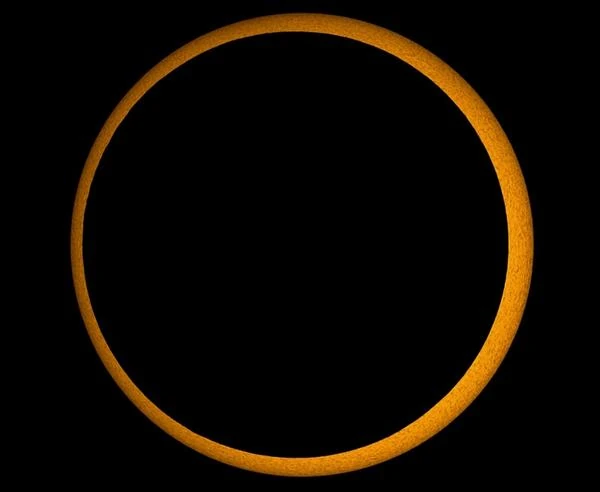
Annular eclipses occur when the Moon is near its apogee, that is, the point in its orbit where it is farthest from Earth. This happens because the greater distance makes the Moon appear smaller in the sky, preventing it from completely covering the Sun, thus leaving a ring of solar light visible around the Moon.
The annular eclipse of January 15, 2010, was a remarkable astronomical phenomenon where the Moon covered the center of the Sun, leaving a solar ring visible, often called the "ring of fire." This type of eclipse occurs when the Moon is too far from Earth to completely cover the Sun.
This eclipse was mainly visible in certain parts of Africa, Asia, and the Indian Ocean. The eclipse's path began in Central Africa and moved eastward across the Indian Ocean, India, Sri Lanka, and Myanmar before ending in China. The maximum duration of annularity was about 11 minutes and 8 seconds, making it the longest annular eclipse of the third millennium.
| Characteristic | Value | Description |
|---|---|---|
| Type | Annular | The Moon does not completely cover the Sun |
| Date | January 15, 2010 | Date of the eclipse |
| Maximum Duration | 11 minutes and 8 seconds | Longest duration of annularity |
| Path | Africa, Asia, Indian Ocean | Regions where the eclipse was visible |
Source: NASA Eclipse Website and Time and Date.